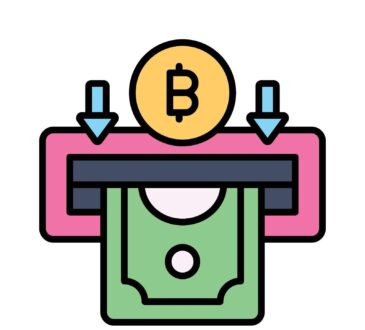
Introduction to Earning Cryptocurrency
The cryptocurrency landscape offers various methods for earning digital assets, with staking and mining being two of the most prominent. Both methods provide opportunities for generating income, but they differ significantly in terms of process, requirements, and profitability. Understanding these differences is crucial for anyone looking to maximize their earnings in the crypto world.
Mining: The Backbone of Blockchain
Mining is the original method of earning cryptocurrency, dating back to the creation of Bitcoin. It involves solving complex mathematical problems to validate transactions and secure the blockchain. Miners use specialized hardware, such as ASICs (Application-Specific Integrated Circuits), to perform these calculations. The first miner to solve the problem gets rewarded with newly minted cryptocurrency and transaction fees.
While mining can be highly profitable, it requires significant upfront investment in hardware and electricity. Additionally, the process generates considerable heat and noise, making it less accessible for casual enthusiasts. Despite these challenges, mining remains a popular method for earning cryptocurrencies like Bitcoin and Ethereum.
Staking: An Eco-Friendly Alternative
Staking is a more recent method that has gained popularity due to its lower energy consumption and ease of participation. In a proof-of-stake (PoS) system, participants lock up a certain amount of cryptocurrency in a wallet to support network operations, such as validating transactions and maintaining the blockchain. In return, they earn rewards, often in the form of additional cryptocurrency.
Staking is accessible to a broader audience since it doesn’t require expensive hardware or high energy consumption. It also offers the potential for steady, passive income. For example, those wondering, “Can I stake XRP?” will find that while XRP itself isn’t a proof-of-stake coin, many other popular cryptocurrencies, such as Cardano (ADA) and Ethereum 2.0, offer staking opportunities.
P2P Exchange: Flexibility in Earning
Peer-to-peer (P2P) exchanges provide another avenue for earning cryptocurrency. These platforms allow users to trade digital assets directly with one another, bypassing traditional exchanges and intermediaries. By using a P2P exchange, users can often find better prices and avoid high fees. Additionally, accepting USDT payments (Tether) can provide a stable earning option, given its value is pegged to the US dollar.
P2P exchanges offer flexibility and control over transactions, making them an attractive option for those looking to diversify their earning methods. However, they also require careful attention to security and trustworthiness, as the decentralized nature can increase the risk of fraud.
Comparing Profitability
When it comes to profitability, both staking and mining have their advantages and disadvantages. Mining can yield higher returns, especially for those who invest in efficient hardware and access low-cost electricity. However, the initial investment and ongoing costs can be prohibitive for many.
Staking, on the other hand, offers more predictable and stable returns with lower entry barriers. The rewards from staking vary depending on the cryptocurrency and the amount staked, but they generally provide a steady income stream without the high costs associated with mining.
Environmental Impact
Environmental concerns have become increasingly important in the cryptocurrency space. Mining, particularly Bitcoin mining, has faced criticism for its significant energy consumption and carbon footprint. In contrast, staking is considered a more environmentally friendly alternative, as it requires far less energy to maintain the network.
This difference in environmental impact is leading many projects and investors to favor proof-of-stake systems over traditional mining. As the industry evolves, we can expect further innovations aimed at reducing the ecological footprint of cryptocurrencies.
Conclusion: Choosing the Right Method
Ultimately, the choice between staking and mining depends on individual circumstances and preferences. For those with the capital and resources, mining can be a lucrative option, albeit with higher risks and environmental concerns. Staking offers a more accessible and eco-friendly way to earn cryptocurrency, making it suitable for a wider audience.
P2P exchanges and accepting USDT payments provide additional flexibility and opportunities for earning. By understanding the strengths and weaknesses of each method, investors can make informed decisions and tailor their strategies to their goals and capabilities. As the cryptocurrency market continues to evolve, staying informed and adaptable will be key to success.




